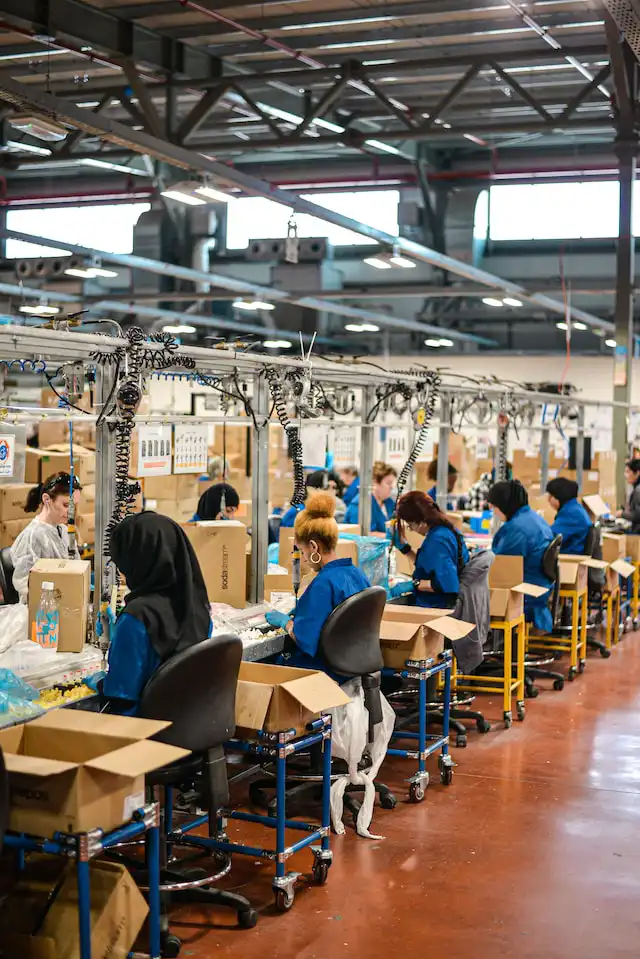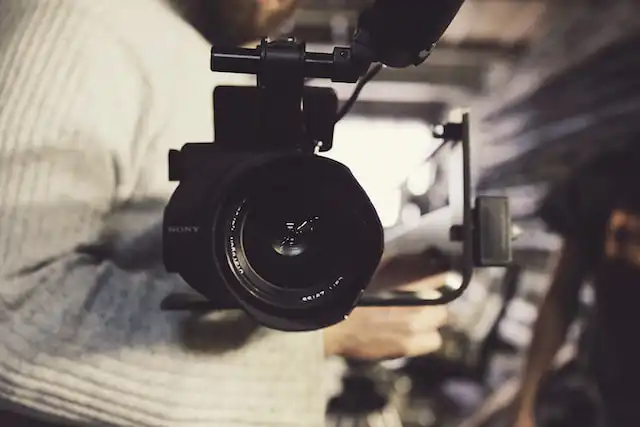
Australia Athletic Apparel and Footwear Industry Outlook to 2017 -
Surging Participation in Sports Paving Way for Growth
Region:Asia
Product Code:KR28
February 2013
81
About the Report
The report titled "Australia Athletic Apparel and Footwear Industry Outlook to 2017-Surging Participation in Sports Paving Way for Growth" provides a comprehensive analysis of the market size of the Australia athletic apparel and footwear industry, market segmentation of athletic apparel by gender and athletic footwear by various categories of athletic footwear. The report also provides the competitive landscape of major players in Australia athletic wear market along with major trends and developments of athletic apparel and footwear industry in . An analysis of the future of Australia athletic apparel and footwear industry is provided on the basis of revenue of the market over next five years.
The market in Australia is small, competitive and well serviced by domestic companies. The sports apparel and footwear market in the country is characterized by intense competition which poses major threat to the leading companies. The competition in sportswear industry in the country is not confined to the presence of major international brands alone. Several regional and national competitors also provide inferior quality goods at low prices. The market in Australia, majorly represented by the operations of Rebel Sports, Amart All Sports, Lorna Jane and others is highly competitive. The domestic brands have captured the market share of international giants and strengthened its foothold on large scale in the country.
The Australian market for sports apparel has experienced rapid growth over the last two years due to the increased desire for participation in sports and fitness activities among the masses. The revenue of the athletic apparel industry in Australia has grown at a CAGR of grew by 8.3% from 2006-2012. The revenue inclined from USD ~ million in 2006 to USD ~ million in 2012.
Over the period 2006-2009, the athletic footwear market has showcased considerable growth due to major sporting events held in the country during the period. This has in turn amplified the demand for athletic footwear in the country. The athletic footwear market revenue in Australia has increased from USD ~ million in 2006 to USD ~ million in 2012.
Men's wear is the largest segment of Australia athletic apparel market. The segment held ~% of the athletic apparel market in the country in 2012 and was valued at USD ~ million. Out of the total athletic apparel market in Australia of USD ~ million, women contributed nearly ~% to the overall athletic apparel market in 2012.
Running shoes held the dominant share of ~% in the overall athletic footwear market in Australia and generated revenue worth USD ~ million in 2012. Athletic leisure footwear was the second largest contributor to the athletic footwear market in Australia accounting for a share of nearly ~% in 2012. Cross training footwear held third position in athletic footwear market in Australia, accounting for nearly ~% of the overall market in 2012, followed by football, court indoor and outdoor sports footwear and basket footwear together contributing nearly ~% to the market in 2012.
In 2011, specialty sports store and general clothing store contributed around ~% and ~% of the total athletic apparel market sales respectively. Moreover, the people in Australia seem to have showcased their preference for online purchases of athletic apparel which has impelled the contribution of the online and internet purchases to ~% in 2011. The Australian athletic apparel market is fragmented with the presence of several players, of which Rebel Sports contributed around ~% of the total revenue of the athletic apparel market in 2011, followed by Amart All Sports contributing nearly ~% to the overall market.
Key Topics Covered in the Report:
- The market size of the Asia-Pacific athletic apparel and footwear Industry, 2006-2012.
- The market size of the athletic apparel and footwear market in the countries such as China, Japan, Australia and India, 2006-2012.
- Market segmentation of athletic apparel market in Australia by gender, 2012
- Market Segmentation of athletic footwear market in Australia by Product Categories such as cross training, running, basketball among others, 2012
- Market Share of distribution channels in athletic apparel market in Australia ,2011
- Market Share of distribution channels in athletic footwear market in Australia ,2011
- Competitive Landscape of Major Domestic Players in Australia Athletic Apparel and Footwear Market
- Trends and developments in athletic apparel and footwear market in Australia
- Future outlook and projections of the basis of revenue in Australia athletic apparel and footwear market, 2013-2017
- Future outlook and projections of the basis of revenue in Asia-Pacific and by countries: China, Japan, Australia and India, 2013-2017
Products
Athletic Apparel, Athletic Footwear, Athletic Wear, Apparel, Textile, Clothing, Footwear
Companies
Nike, Adidas, Puma
Table of Contents
1. Asia-Pacific Athletic Apparel and Footwear Industry Introduction
1.1. Asia-Pacific Athletic Wear Market Size by Revenue, 2006-2012
1.1.1. By Athletic Apparel, 2006-2012
1.1.2. By Athletic Footwear, 2006-2012
2. Asia-Pacific Athletic Wear Market Segmentation, 2006-2012
2.1. By Athletic Apparel and Footwear, 2006-2012
2.2. By Geography, 2006-2012
3. Australia Athletic Apparel and Footwear Industry Introduction
3.1. Australia Athletic Apparel and Footwear Market Size, 2006-2012
3.1.1. By Athletic Apparel, 2006-2012
3.1.2. By Athletic Footwear, 2006-2012
3.2. Australia Athletic Apparel Market Segmentation
3.2.1. By Gender, 2012
3.2.2. By Product Categories, 2012
3.3. Australia Athletic Apparel and Footwear Industry: Trends and Developments
Increasing Sports Participation
Australia's Ageing Population
Growing Sports Sponsorship
3.4. Market Share of Major Distribution Channels in Australia Athletic Apparel and Footwear Industry, 2011
3.4.1. By Athletic Apparel, 2011
3.4.2. By Athletic Footwear, 2011
3.5. Competitive Landscape of Australia Athletic Apparel and Footwear Industry
3.6. Macro Economic Factors of Australia Athletic Apparel and Footwear Industry, 2006-2017
3.6.1. Population, 2006-2017
3.6.2. Consumer Expenditure on Clothing and Footwear, 2006-2017
3.6.3. Import of Athletic Footwear in Australia, FY'2006-FY'2017
3.6.4. Export of Athletic Footwear from Australia, FY'2006-FY'2017
3.7. Australia Athletic Apparel and Footwear Market Future Outlook and Projections, 2013-2017
4. Asia-Pacific Athletic Apparel and Footwear Market Future Outlook and Projections, 2013-2017
4.1. By Geography, 2013-2017
4.2. Cause and Effect Relationship Between Industry Factors and the Asia-Pacific Athletic Apparel and Footwear Market Prospects
5. Major International Players in Asia-Pacific Athletic Apparel and Footwear Market
5.1. NIKE
5.1.1. Company Overview
5.1.2. Business Strategy
Increased Focus on Product Research and Development
Targeting the Middle-Class Segment of China
5.1.3. Financial Performance, FY'2008-FY'2012
5.2. Adidas Group
5.2.1. Company Overview
5.2.2. Business Strategy
Emphasizing on innovative footwear designs for the niche market segment
Bringing New Technologies
5.2.3. Financial Performance, 2008-2012
5.3. PUMA
5.3.1. Company Overview
5.3.2. Business Strategy
Differentiating Brand Elements
Growth through Acquisitions
Increasing Focus on Restructuring and Regional Diversification
5.3.3. Financial Performance, 2008-2012
6. Appendix
6.1. Market Definitions
6.2. Abbreviations
6.3. Research Methodolgy
Data Collection Methods
Approach
Variables (Dependent and Independent)
Multi Factor Based Sensitivity Model
Final Conclusion
6.4. Disclaimer
Why Buy From Us?

What makes us stand out is that our consultants follows Robust, Refine and Result (RRR) methodology. i.e. Robust for clear definitions, approaches and sanity checking, Refine for differentiating respondents facts and opinions and Result for presenting data with story

We have set a benchmark in the industry by offering our clients with syndicated and customized market research reports featuring coverage of entire market as well as meticulous research and analyst insights.

While we don't replace traditional research, we flip the method upside down. Our dual approach of Top Bottom & Bottom Top ensures quality deliverable by not just verifying company fundamentals but also looking at the sector and macroeconomic factors.

With one step in the future, our research team constantly tries to show you the bigger picture. We help with some of the tough questions you may encounter along the way: How is the industry positioned? Best marketing channel? KPI's of competitors? By aligning every element, we help maximize success.

Our report gives you instant access to the answers and sources that other companies might choose to hide. We elaborate each steps of research methodology we have used and showcase you the sample size to earn your trust.

If you need any support, we are here! We pride ourselves on universe strength, data quality, and quick, friendly, and professional service.















